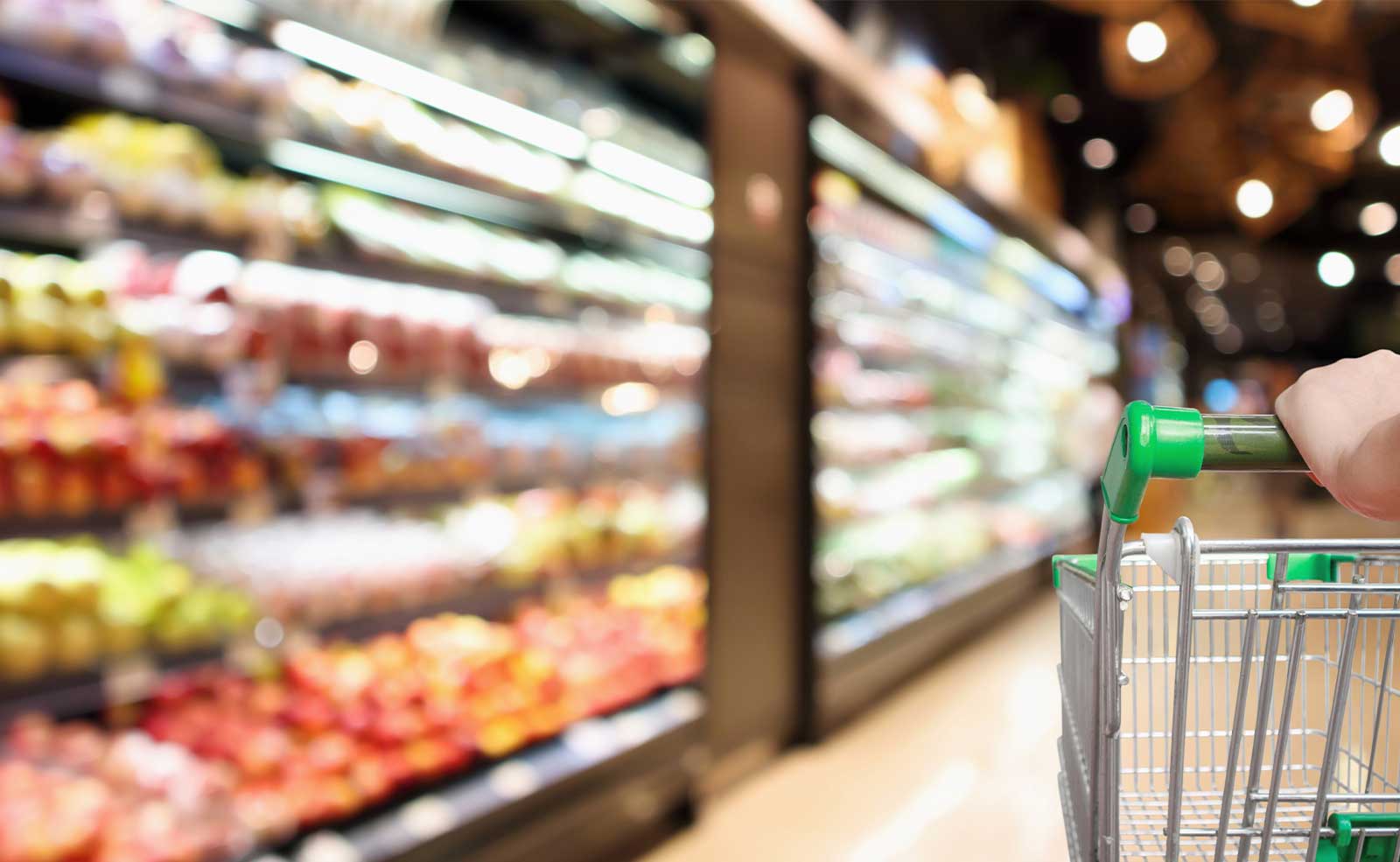
Over the past three years, the grocery sector has weathered the storm of a global pandemic, inflation, and supply chain disruptions. These challenges prompted grocers to pivot quickly, launching order fulfillment and delivery processes to adapt to new consumer demands. However, the current landscape reveals that the changes hastily made to allow grocery pickup and delivery are proving costly and inefficient, affecting not only small, local grocers but also national giants with significant capital reserves.
The Challenge:
Processes implemented to enable grocery pickup and delivery during the pandemic are costing grocers too much and are inefficient. A study conducted by Incisiv for Wynshop showed that 86% of grocers were dissatisfied with their online profitability. And, the same study projects a $14 million margin loss per $1 billion in sales by 2025 due to the change in revenue mix between in-store sales and online sales. As consumers continue to opt for online shopping, the issues grocery retailers are encountering will only be exacerbated if they don’t find a way to improve efficiency and profitability in online sales.
The grocery executives surveyed revealed a laundry list of issues of concern regarding their online sales including:
- Low profitability
- Difficulty managing third party relationships
- Operational inefficiencies
- Inadequate technology
The Solution:
How do you stabilize operations and prepare yourself to ensure that when the next curveball comes your way, you’re ready to not just muddle through the crisis, you’re ready to grow? Simple. Grocers must invest in food supply chain software that can pivot with them and handle new challenges as they come. It’s about being proactive rather than doing damage control.
The ideal technology should:
- Manage inventory in real-time, minimizing discrepancies between store and warehouse levels.
- Translate inventory data to online platforms to prevent stockouts and the need for order substitutions or refunds.
- Handle diverse orders from various platforms, offering multiple options for product delivery.
- Easily incorporate new fulfillment facilities, including in-store fulfillment and innovative warehouse formats like micro-fulfillment centers.
- Provide comprehensive data at every touchpoint, enhancing visibility and supporting improved forecasting.
- Embrace automation and robotic technology, fostering easier adoption, training, and employee retention.
- Operate at the pace consumers expect, with a focus on same-day fulfillment becoming the norm.
Conclusion:
The grocery sector will continue to face ongoing challenges in the aftermath of the global pandemic. Grocers must embrace technology to navigate uncertainty, enhance efficiency, and ensure consistent profit margins. By investing in adaptive solutions and preparing for the future of grocery shopping, they can position themselves for success in the ever-changing landscape. The key is not just to survive but to thrive in the face of evolving challenges. If you’re a grocer looking to learn more about how you can use technology and automation to delight customers, check out our whitepaper: RETHINKING GROCERY DISTRIBUTION IN THE AGE OF E-COMMERCE.


